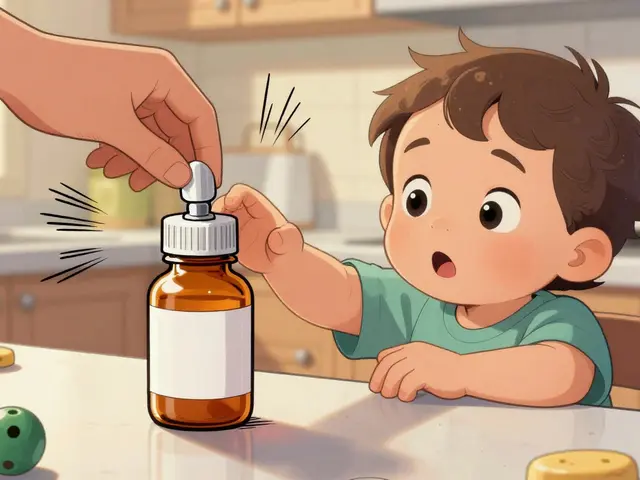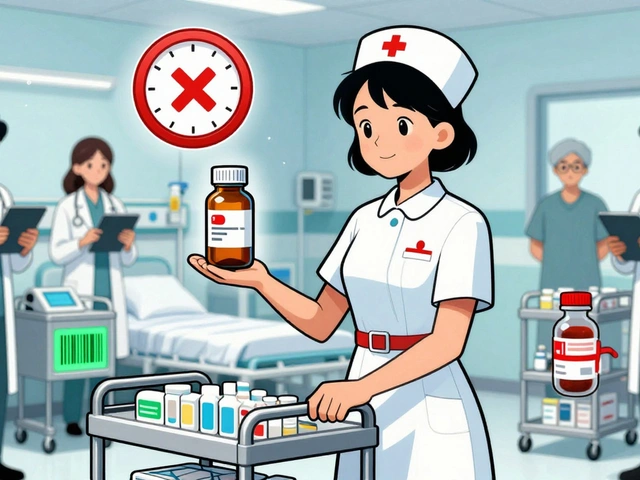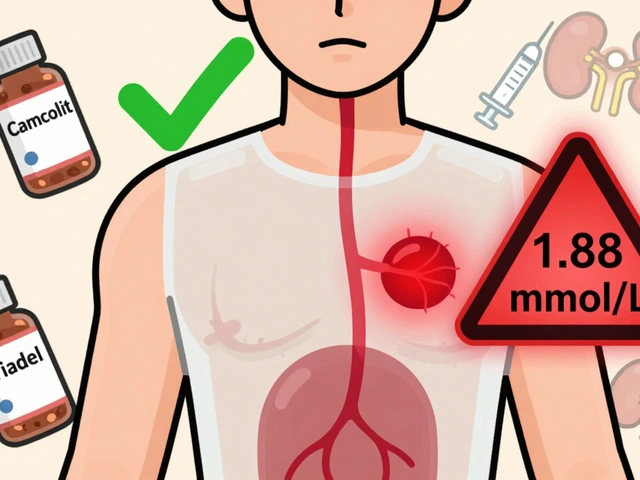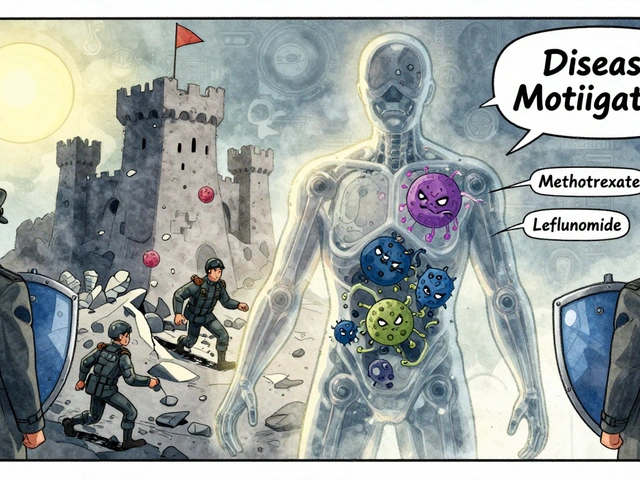Hypercholesterolemia – What It Is and How to Manage It Safely
If your doctor mentioned “hypercholesterolemia,” they’re talking about consistently high cholesterol in your blood. Too much LDL (the "bad" cholesterol) can stick to artery walls, making them narrow over time. That narrowing raises the chance of heart attacks, strokes, and peripheral vascular disease. The good news? You can lower those numbers with a mix of diet tweaks, exercise, and, when needed, medication.
Why High Cholesterol Matters
Cholesterol itself isn’t evil; your body needs it for hormones and cell membranes. Problems start when LDL builds up faster than the liver can clear it. Even if you feel fine, silent plaque can grow for years before showing symptoms. That’s why routine blood tests matter – they catch high levels early, letting you act before anything serious happens.
Risk factors are easy to spot: family history, obesity, smoking, and a diet heavy on saturated fats or trans fats. Age matters too; men over 45 and women after menopause see higher numbers. If any of these apply, keep an eye on your lipid panel every six months.
Safe Ways to Lower Your Levels
First up, food. Swap fried foods for grilled or baked options. Load your plate with veggies, whole grains, beans, and nuts – they provide fiber that helps pull cholesterol out of the bloodstream. Small changes add up: use olive oil instead of butter, choose low‑fat dairy, and snack on an apple rather than a bag of chips.
Exercise is another free tool. Aim for at least 150 minutes of moderate activity each week – brisk walking, cycling, or swimming work well. Consistency beats intensity; even short daily walks can boost HDL (the "good" cholesterol) and improve heart health.
If lifestyle alone isn’t enough, medication may be recommended. Statins are the most common choice because they lower LDL effectively and have a solid safety record. Your doctor will start with a low dose and adjust based on blood work and side effects. Other options include ezetimibe, PCSK9 inhibitors, or bile‑acid binders – each works differently, so discuss pros and cons.
Buying prescription meds online? Our site reviews safe pharmacies and shows how to verify legitimacy before you order. Look for licensed vendors, clear contact info, and a pharmacy pharmacist available for questions. Avoid sites that promise ultra‑cheap drugs without a prescription – they often sell counterfeit or expired products.
Finally, keep track of progress. Re‑test your cholesterol every three months after starting any new plan. If numbers improve, celebrate the win and stay on course. If they don’t, talk to your doctor about tweaking dosage or trying another medication.
Managing hypercholesterolemia isn’t a one‑size‑fits‑all project. It’s a combination of everyday choices and professional guidance. By staying informed, eating smarter, moving more, and using trusted meds when needed, you can keep your heart healthy for years to come.

How to Manage High Cholesterol with the Mediterranean Diet (2025 Guide)
Lower LDL with a Mediterranean diet. Step-by-step plan, Aussie-friendly meals, shopping tips, cheat sheets, and evidence from PREDIMED and AHA guidelines.
View More




